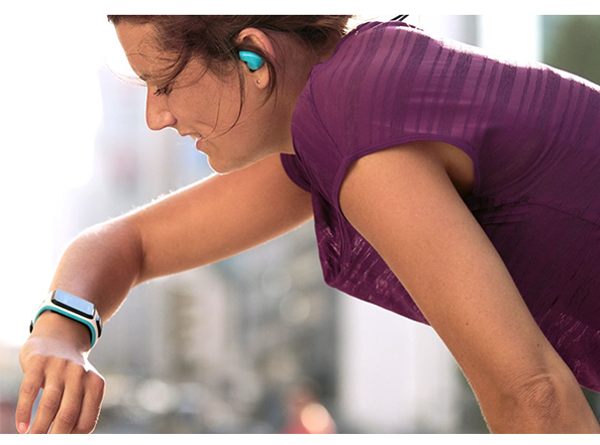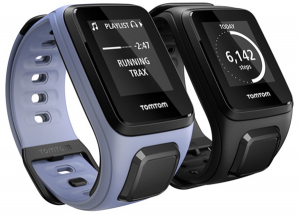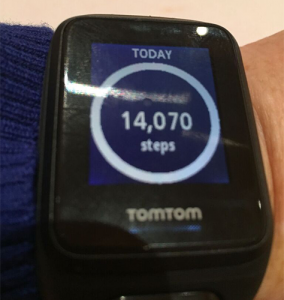- Book Reviews SCAVENGERS by Kathleen Boland
- Book Reviews THE FIRST TIME I SAW HIM by Laura Dave
- Book Reviews THE BOOKBINDER’S SECRET by A.D. Bell
- Book Reviews HOMEBOUND by Portia Elan
- Book Reviews THE HEIR APPARENT by Rebecca Armitage
- Book Reviews THIS IS NOT ABOUT US by Allegra Goodman
- Book Reviews STORM WARNING by James Byrne
- Children's Book Reviews THERE’S NO PLACE LIKE GNOME by Scott Magoon (picture book)
- Children's Book Reviews OUR AIR by G. Brian Karas (Picture Book)
- Book Reviews DETOUR by Jeff Rake and Rob Hart

The TomTom Spark Answers the Call for More Precise Activity Tracking
Disclosure: Influence Central sampled the TomTom Spark at CES 2016 to facilitate this review. All opinions are our own.
When activity trackers first burst out onto the marketplace, counting steps, calories burned, or floors climbed provided people with information they didn’t previously have easy access to, and helped them stay committed to fitness goals, and motivated while exercising.
Fast forward a little, and wearable tech no longer proves the exception but the rule. Even non-fitness-fanatics enjoy tracking daily activity levels and progress from one day to the next. The marriage of technology and fitness passed the test of time, inspiring many new entrants, and improvements to device capabilities, as we saw at the 2016 Consumer Electronics Show (“CES 2016″) this January.
TomTom, known for providing superior GPS and real-time traffic information, has answered fitness buffs’ and athletes’ appeals for more accurate tracking of individual sports and activities. By indicating which sport or activity the user engages in (such as cycling, yoga, swimming, skiing – just to name a few), the TomTom Spark adjusts its accelerometer sensors to detect and track results specific to the activity – results that might otherwise not have been captured, or that might have been captured inaccurately, using older technology.
The TomTom Spark Music model also allows users to store up to 500 songs on the device via built-in music playback capability – incredible news for athletes tired of being tethered to bulky smartphones simply to enjoy their fitness playlists. Water-resistant, the Spark line offers everything your old tracker offered (steps, calories, etc.) and more: heart rate measurement, the ability to set daily and weekly goals, wireless syncing, and sleep tracking.
Compatible with Strava, Runkeeper, NikePlus and more, the TomTom Spark line of fitness watches can be purchased for $150-$250 depending on which model you choose, available at most major retailers including TomTom’s own website.
Photo Credit: TomTom.com
-
 SCAVENGERS by Kathleen Boland
SCAVENGERS by Kathleen Boland
-
 THE FIRST TIME I SAW HIM by Laura Dave
THE FIRST TIME I SAW HIM by Laura Dave
-
 THE BOOKBINDER’S SECRET by A.D. Bell
THE BOOKBINDER’S SECRET by A.D. Bell
-
 HOMEBOUND by Portia Elan
HOMEBOUND by Portia Elan
-
 THE HEIR APPARENT by Rebecca Armitage
THE HEIR APPARENT by Rebecca Armitage
-
 THIS IS NOT ABOUT US by Allegra Goodman
THIS IS NOT ABOUT US by Allegra Goodman
















